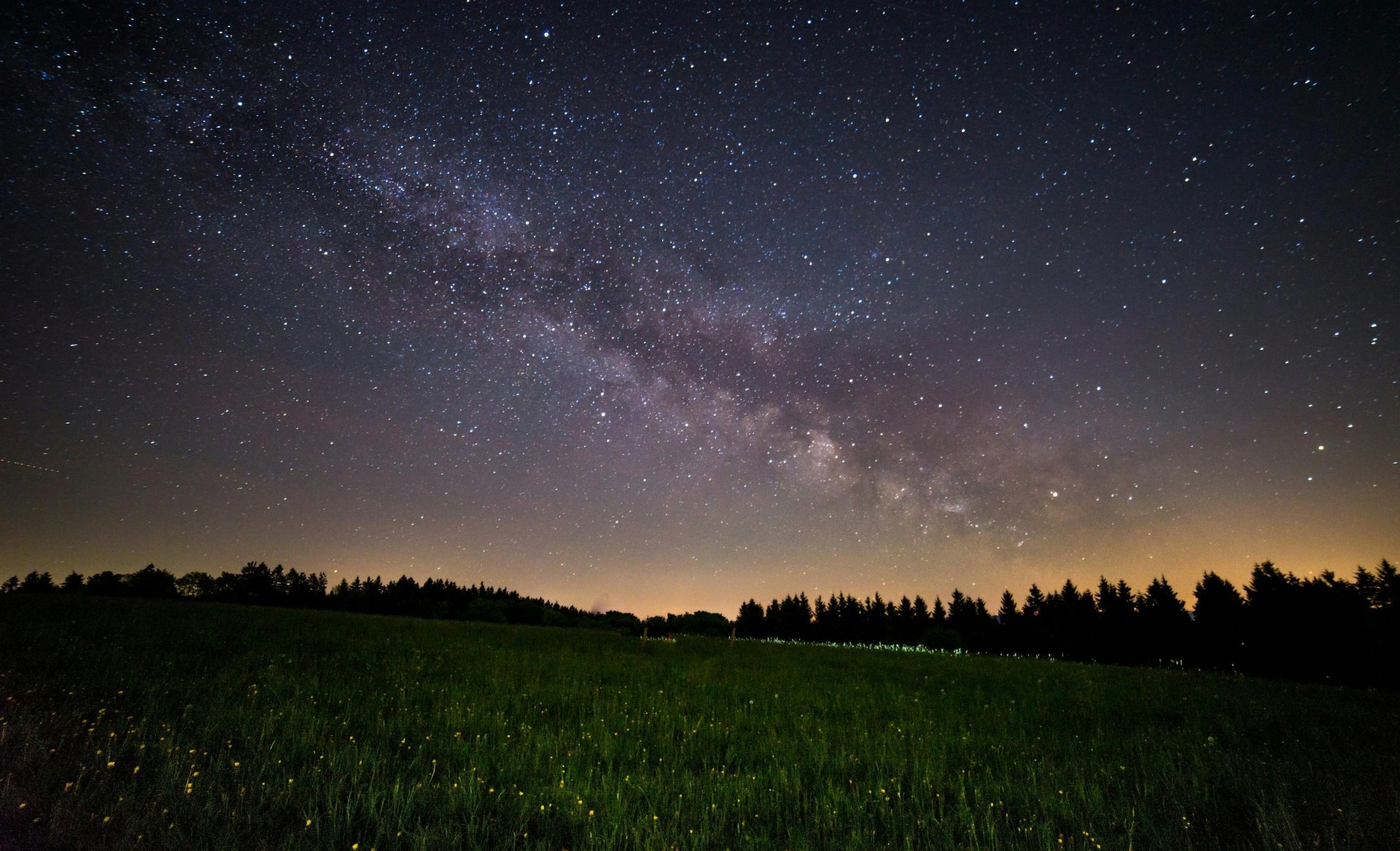Animals in Middle Eastern Culture: Camels and Symbolism

Before diving in, please note: This post is for informational purposes only. If you’d like to know more about how we approach topics, feel free to check out our friendly Disclaimer Page.
Hey there, amazing readers! 🖐️ Just a quick note: yes, we know there are a lot of ads here. Trust us, we get it—it’s not the prettiest look, but they help us keep this blog alive and kicking. Those pesky little ads cover the costs of all the behind-the-scenes magic, from hosting and tech stuff to creating content we hope you’ll love.
We’re committed to delivering quality posts, and your support (even just sticking around despite the ads) means everything to us. So, bear with us, and thanks for helping us keep the good vibes rolling. Now, on to the fun stuff! 😉
TRANSLATE BUTTON AT THE END OF THE ARTICLE
Introduction to Animals in Middle Eastern Culture
In the rich tapestry of Middle Eastern culture, animals have always played a significant role.
From the majestic Arabian horse to the elusive desert fox, animals are deeply intertwined with the history, traditions, and beliefs of the region.
Among these creatures, the camel stands out as an iconic symbol of the Middle East, embodying resilience, endurance, and the nomadic way of life.
Camels have been a vital part of Middle Eastern societies for centuries, serving as transportation, companions, and sources of livelihood.
Their presence can be found in art, literature, folklore, and even religious texts, highlighting their importance in the cultural fabric of the region.
Significance of Camels in Middle Eastern History
Camels have been integral to the history of the Middle East, shaping the way people lived, traveled, and traded in the region.
Known as the "ships of the desert," camels were prized for their ability to traverse long distances across arid landscapes with ease.
Their importance in trade routes, such as the ancient Silk Road, allowed for the exchange of goods, ideas, and cultures between East and West.
Camels were also essential for survival in harsh desert environments, providing milk, meat, wool, and hides for their owners.
Their ability to go long periods without water made them invaluable companions for nomadic tribes who roamed the deserts of the Middle East.
Camels as Symbols of Wealth and Prestige
In Middle Eastern societies, camels have long been associated with wealth, prestige, and social status.
Owning a large herd of camels was a sign of prosperity and power, as these animals were not only valuable assets but also symbols of abundance and fertility.
In ancient times, camels were used as currency and were often given as gifts to forge alliances or seal agreements.
The number of camels a person owned was a measure of their wealth and influence in society, with some individuals amassing vast fortunes through their camel herds.
Even today, camels continue to be prized possessions in many Middle Eastern cultures, with camel beauty contests and races being popular events that attract participants from far and wide.
The Role of Camels in Bedouin Society
For the Bedouin nomads of the Middle East, camels were indispensable companions that enabled their way of life.
These desert-dwelling tribes relied on camels for transportation, food, and shelter, moving their herds across vast expanses of desert in search of water and grazing lands.
Camels were considered members of the family, with each animal given a name and treated with care and respect.
Bedouins developed a deep bond with their camels, understanding their behavior, needs, and abilities in the harsh desert environment.
Camels became a symbol of the Bedouin way of life, embodying the spirit of resilience, adaptability, and freedom that defined these nomadic tribes.
Camels in Middle Eastern Art and Literature
The enduring presence of camels in Middle Eastern art and literature is a testament to their cultural significance in the region.
From ancient rock carvings to intricate tapestries, camels have been depicted in various forms of artistic expression, showcasing their graceful form and noble demeanor.
In literature, camels have been featured in myths, legends, and folktales that celebrate their strength, wisdom, and loyalty.
Poets and storytellers have praised the beauty of camels, weaving tales of adventure, love, and loss around these majestic creatures.
Artists have captured the essence of camels in paintings, sculptures, and textiles, showcasing their importance in Middle Eastern culture and heritage.
Camel Caravans and Trade in the Middle East
Camel caravans have been a hallmark of trade and commerce in the Middle East for centuries, connecting distant lands and cultures through a network of ancient routes.
The Silk Road, the Incense Route, and the Arabian Peninsula were all traversed by camel caravans carrying goods such as spices, textiles, precious metals, and exotic animals.
These caravans were essential for sustaining economies, fostering cultural exchange, and promoting social cohesion across the region.
The sight of a caravan of camels moving across the desert sands evoked a sense of wonder and excitement, signaling the arrival of exotic treasures and valuable commodities that enriched the lives of those along the trade routes.
Spiritual and Symbolic Meanings of Camels
In Middle Eastern cultures, camels hold deep spiritual and symbolic meanings that reflect the values and beliefs of the people.
Camels are often associated with qualities such as patience, perseverance, and humility, embodying the virtues that are highly regarded in Islamic teachings.
The camel’s ability to endure hardship and adversity symbolizes the resilience and steadfastness required to navigate life’s challenges.
In religious texts, camels are mentioned as examples of God’s creation, showcasing the diversity and complexity of the natural world.
Camels are also believed to possess spiritual energies that can bring protection, prosperity, and blessings to those who honor and respect these majestic animals.
Camels in Islamic Tradition and Texts
In Islamic tradition, camels hold a special place as creatures that are valued and respected for their contributions to human society.
The Prophet Muhammad spoke highly of camels, emphasizing their importance as sources of sustenance, transportation, and companionship.
Camels are mentioned in the Quran as signs of God’s power and wisdom, highlighting their significance in the natural world.
Islamic scholars have written extensively about the benefits of camels and the ethical treatment of these animals, emphasizing the importance of compassion and care towards all living beings.
Camels are considered sacred animals in Islam, with special rituals and practices dedicated to their well-being and protection.
Camel Festivals and Celebrations in the Middle East
Throughout the Middle East, camel festivals and celebrations are held to honor these magnificent creatures and showcase their beauty, strength, and agility.
Camel beauty contests, races, and parades are popular events that attract participants and spectators from all walks of life.
These festivals serve as a way to preserve and promote the cultural heritage of camels, as well as to educate the public about their importance in Middle Eastern societies.
Participants decorate their camels with colorful textiles, jewelry, and ornaments, creating a vibrant display of tradition and creativity.
Camel festivals are not only entertaining events but also opportunities for communities to come together, celebrate shared values, and pay tribute to the enduring bond between humans and camels.
The Evolution of Camel Domestication in the Middle East
The domestication of camels in the Middle East marks a significant milestone in the history of human-animal relationships, shaping the way societies evolved and interacted with the natural world.
Archaeological evidence suggests that camels were first domesticated in the Arabian Peninsula around 3000 BCE, with their use spreading to other parts of the region over time.
Domesticated camels provided a reliable source of transportation, labor, and resources for Middle Eastern societies, enabling them to thrive in harsh desert environments.
The selective breeding of camels for specific traits, such as strength, speed, and endurance, led to the development of different breeds that were tailored to meet the diverse needs of their owners.
The evolution of camel domestication in the Middle East reflects the ingenuity, resilience, and adaptability of human civilizations in response to challenging environments.
Camels in Modern Middle Eastern Society
In modern Middle Eastern society, camels continue to play a vital role in various aspects of life, from tourism and entertainment to agriculture and transportation.
Camel racing has become a popular sport in countries like Qatar, Saudi Arabia, and the United Arab Emirates, attracting international participants and spectators to compete in high-stakes competitions.
Camel milk and meat are valued for their nutritional benefits and medicinal properties, leading to a growing market for camel-derived products in the region.
Camels are also used in eco-tourism initiatives, allowing visitors to experience traditional Bedouin culture, explore desert landscapes, and interact with these gentle giants.
Despite modernization and urbanization, camels remain an enduring symbol of Middle Eastern heritage, connecting past traditions with present-day practices in a harmonious blend of old and new.
Conservation Efforts for Camels in the Middle East
As the cultural and ecological significance of camels in the Middle East continues to be recognized, efforts are being made to conserve and protect these iconic animals for future generations.
Conservation programs focus on preserving genetic diversity, promoting sustainable breeding practices, and raising awareness about the importance of camels in maintaining biodiversity and ecosystem balance.
Research initiatives seek to study the behavior, physiology, and habitat requirements of camels to ensure their welfare and well-being in changing environmental conditions.
Educational campaigns aim to engage local communities, policymakers, and stakeholders in conservation efforts that prioritize the long-term survival of camels and their habitats.
By fostering a sense of stewardship and respect for camels, conservationists are working towards safeguarding these magnificent creatures and the cultural heritage they represent in the Middle East.
Conclusion
In conclusion, camels hold a special place in the hearts and minds of people in the Middle East, embodying the spirit of resilience, endurance, and tradition that defines the region’s cultural identity.
From ancient trade routes to modern sporting events, camels continue to captivate and inspire with their grace, beauty, and utility.
As symbols of wealth, prestige, and spiritual significance, camels occupy a unique position in the cultural landscape of the Middle East, connecting past traditions with present-day practices in a seamless tapestry of heritage and innovation.
By recognizing the value of camels and supporting conservation efforts to protect these remarkable animals, we honor the legacy of the desert’s noblest companion and ensure a brighter future for generations to come.

The Enlightenment Journey is a remarkable collection of writings authored by a distinguished group of experts in the fields of spirituality, new age, and esoteric knowledge.
This anthology features a diverse assembly of well-experienced authors who bring their profound insights and credible perspectives to the forefront.
Each contributor possesses a wealth of knowledge and wisdom, making them authorities in their respective domains.
Together, they offer readers a transformative journey into the realms of spiritual growth, self-discovery, and esoteric enlightenment.
The Enlightenment Journey is a testament to the collective expertise of these luminaries, providing readers with a rich tapestry of ideas and information to illuminate their spiritual path.
Our Diverse Expertise 🌟
While our primary focus is on spirituality and esotericism, we are equally passionate about exploring a wide range of other topics and niches 🌍📚. Our experienced team is dedicated to delivering high-quality, informative content across various subjects ✨.
To ensure we provide the most accurate and valuable insights, we collaborate with trusted experts in their respective domains 🧑🏫👩🏫. This allows us to offer well-rounded perspectives and knowledge to our readers.
Our blog originally focused on spirituality and metaphysics, but we’ve since expanded to cover a wide range of niches. Don’t worry—we continue to publish a lot of articles on spirituality! Frequently visit our blog to explore our diverse content and stay tuned for more insightful reads.





